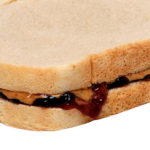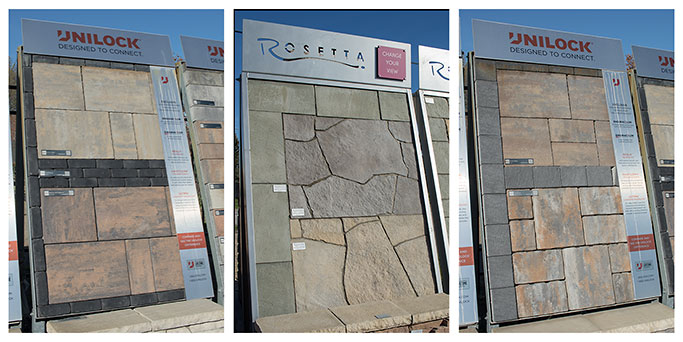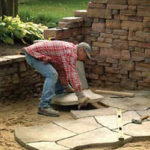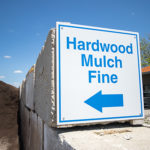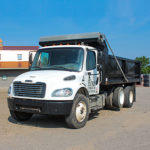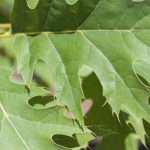You can drive up sales

Simple, large and easy. Three words that never seem to happen together. How many of your larger-scale projects end up in backyards that have little or no access? How often do you have the ability to stage your product right next to where you are working? Of course the small walkway or front porch is easy, but typically not very profitable. Wouldn’t it be great to have a large project with easy access, something with a simple design but yet with options for creativity and style? What if I told you that you could have all of this... Have you thought about a driveway?
Most driveways have easy access, areas nearby to store and stage the materials and typically have a simple design. You might say that’s a hard sell and that most of your customers are looking for outdoor living areas, patios with fire pits or attractive spaces for outdoor entertaining. Who would want to spend a lot of money on “just” a driveway? Consider this: I have a large patio, and if I get to use it once a week, it was a good week. How many people are on their patios every day, sitting around bonfires and entertaining? Now, how many times in a day does a driveway get used?
A backyard project may never be seen by passersby, but a professionally installed brick-paved driveway will certainly catch one’s eye and add a level of elegance and sophistication as well as an increased curb appeal and home value.
A paver-based driveway’s durability far surpasses that of concrete or asphalt, which in Michigan is important with our freeze and thaw cycles.
Paver-based driveways require very little maintenance unlike asphalt driveways which seem to need constant sealing and repair. And driveways can be fairly large, allowing you plenty of room for creativity and customization.
Selling a driveway paver job can be difficult. For most, a driveway is a necessity like a washing machine, refrigerator or cell phone. But when you are out shopping for that “necessity”, do you go to the least expensive with no features? Or do you look at the brand new, fully loaded and really cool product? Maybe the customer who has the touch screen console on their refrigerator, or uses their state-of-the-art smartphone to control their landscape lighting or a remote controlled fire pit might be interested in a custom made driveway. Come visit us at Christensen’s Hardscape Center and let us help you drive up your success.



